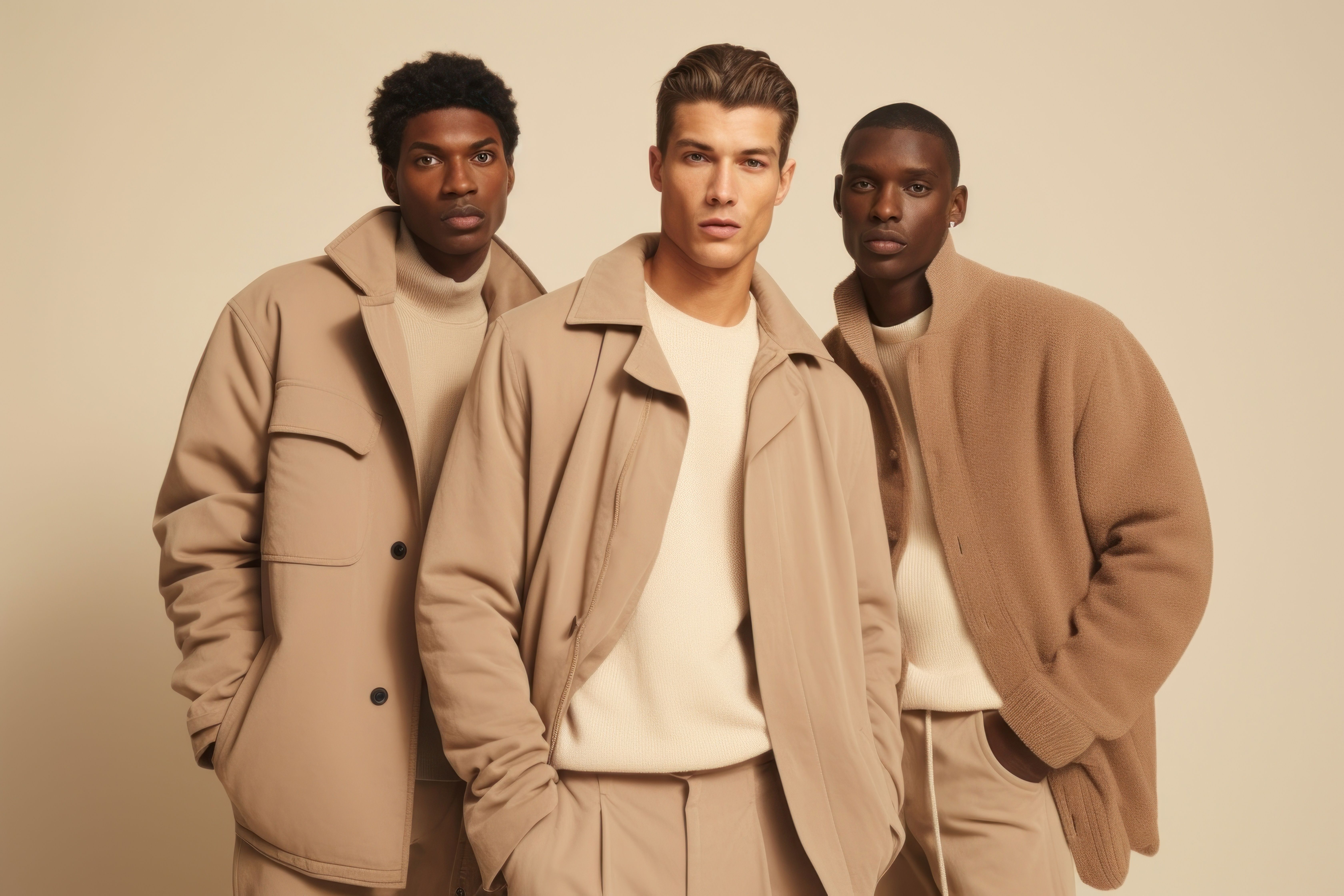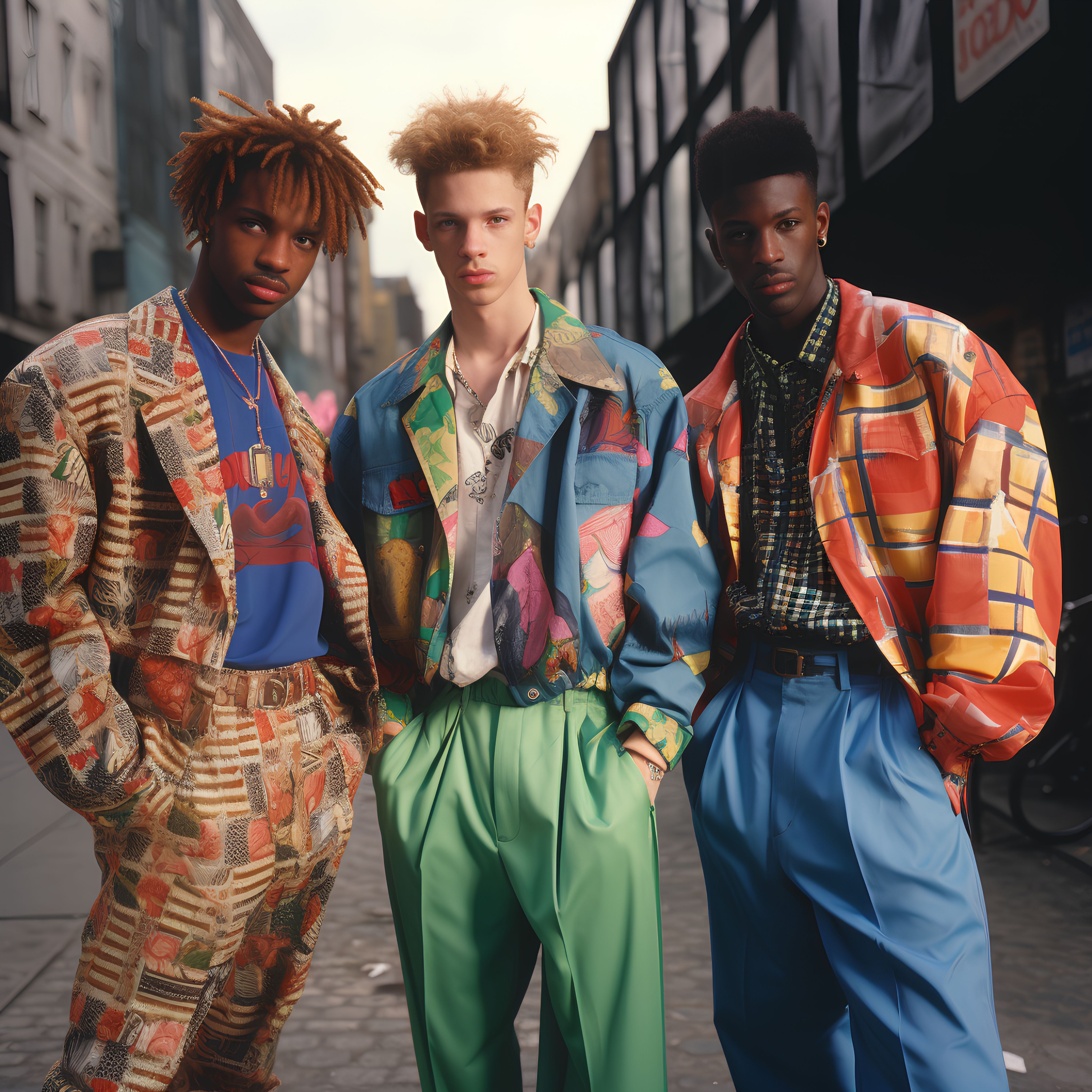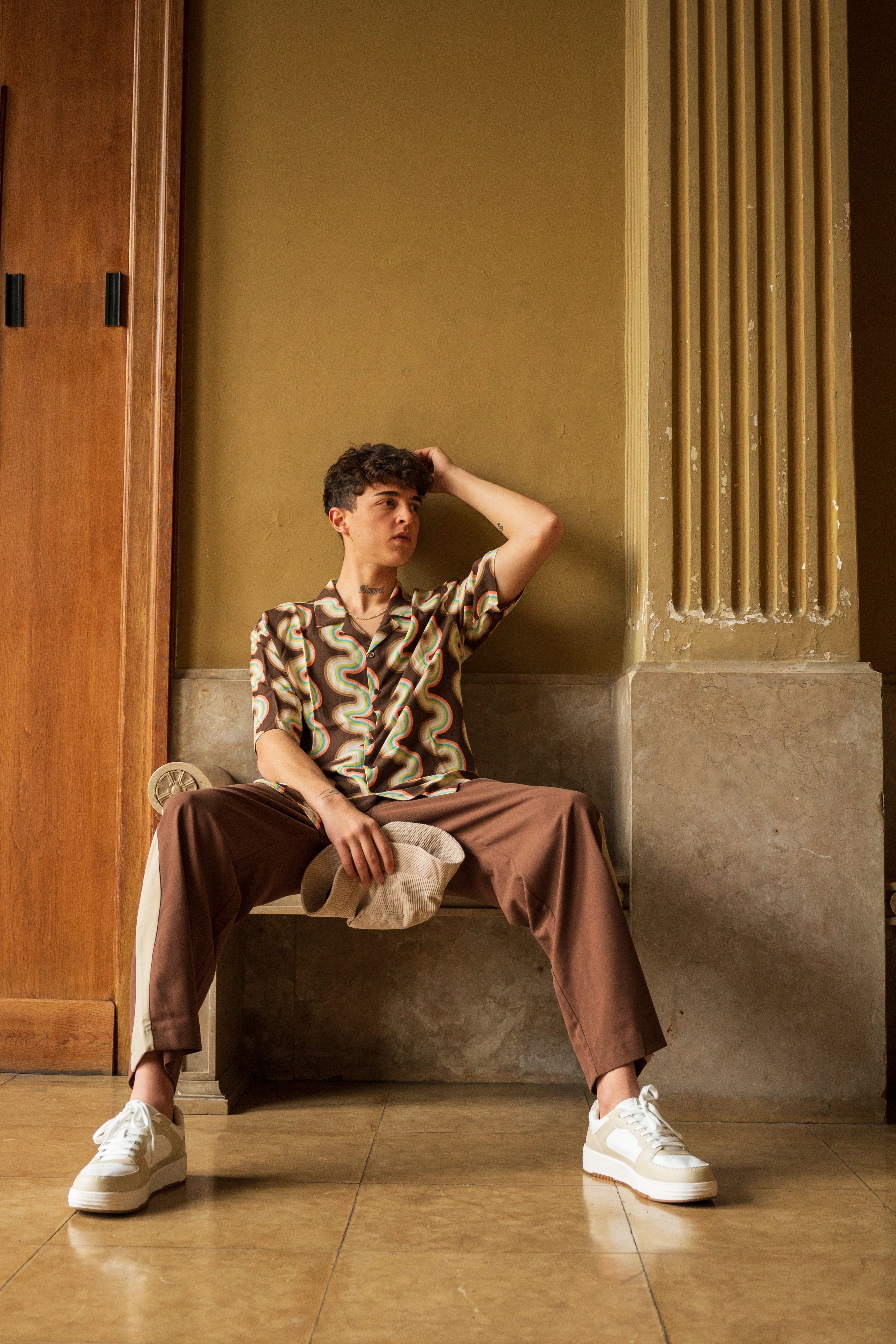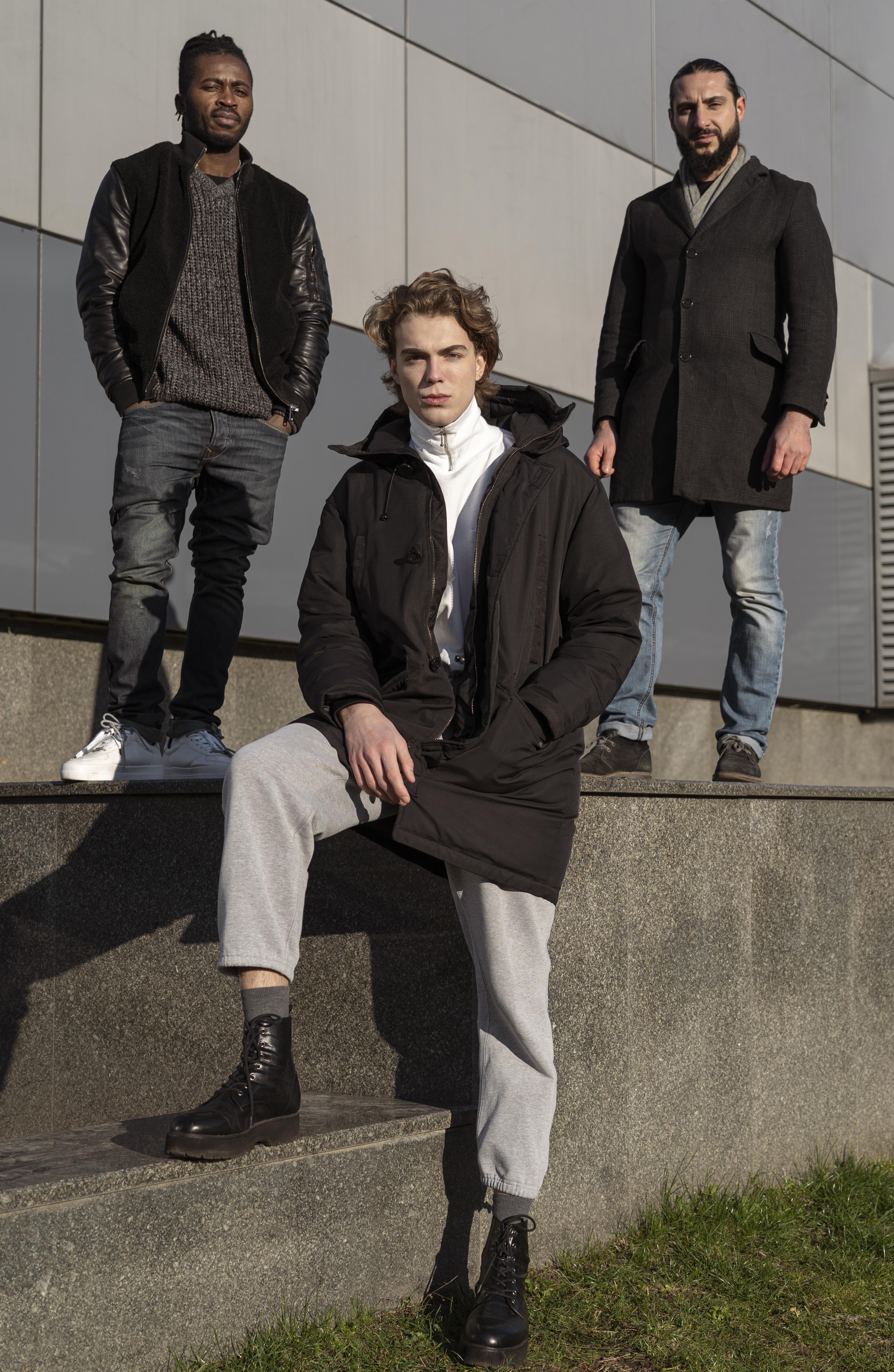Virtual Try-On for Fashion Ecommerce: Try Before You Buy
How Inclusive Fashion Is Transforming Men’s Fashion


TL;DR
- Men’s fashion in 2025 is shifting toward inclusive fashion powered by AI-driven personalization.
- Virtual fitting rooms, adaptive clothing, and body type inclusivity are reshaping the industry.
- The global men’s apparel market is projected to hit $590.5B in 2025, with inclusivity driving growth.
- The U.S. men’s fashion market will reach $116B in 2025, embracing sustainable and gender-neutral designs.
- Glance AI is bridging inclusivity by personalizing styles across body types, genders, and abilities.
Introduction
For decades, men’s fashion was limited by rigid sizing charts, narrow style archetypes, and a lack of representation. Standard fits left out men with diverse body types, while marketing rarely showed the true spectrum of identities that exist in everyday life.
That’s changing. The global conversation around inclusive fashion is pushing the men’s apparel industry to recognize that style should serve everyone — regardless of size, ability, or identity.
At the center of this transformation is artificial intelligence. From analyzing body proportions to curating adaptive designs, AI is helping brands scale inclusivity in ways that were previously unimaginable.
This blog explores the state of men’s fashion, why inclusive fashion matters, how AI enables “fashion for all,” and how platforms like Glance AI are setting the standard for personalized, inclusive wardrobes.
The State of Men’s Fashion

This growth isn’t just about volume — it’s about values. Today’s consumer expects more than stylish pieces. They demand:
- Size inclusivity beyond the standard S-XL.
- Gender-fluid collections that break away from rigid “menswear” and “womenswear.”
- Adaptive clothing designed for people with disabilities.
- Sustainable fabrics that reflect environmental awareness.
Trends shaping men’s fashion include:
- Stretchable and wrinkle-free materials.
- Temperature-regulating fabrics for climate adaptability.
- Eco-conscious textiles and circular fashion initiatives.
- Greater representation of body diversity in campaigns.
The shift signals one truth: inclusive fashion is both ethical and profitable.
Why Inclusivity Matters in Men’s Fashion

Historically, men’s fashion overlooked inclusivity. Standardized measurements excluded men with broader shoulders, shorter torsos, or non-standard proportions. Adaptive designs for disabilities were almost nonexistent in mainstream collections.
The consequences were predictable: limited options, poor fits, and a segment of consumers feeling excluded from self-expression.
Inclusivity is not just about social justice — it’s also a business imperative. Studies show that brands embracing inclusive fashion experience:
- Higher customer satisfaction and loyalty.
- Reduced return rates (thanks to better fits).
- Stronger brand reputation among Gen Z and Millennials, who prioritize representation.
Simply put, inclusive fashion in men’s fashion closes the gap between identity and style.
AI’s Role in Inclusive Fashion
Artificial intelligence is revolutionizing inclusivity in ways traditional fashion systems never could. By analyzing vast datasets of body types, consumer behaviors, and style preferences, AI is building a framework for truly inclusive fashion.
Key AI Applications:
- Body Type & Fit Analysis
Machine learning decodes proportions, enabling garments that fit broader shoulders, longer legs, or non-standard builds — making men’s fashion accessible to everyone. - Virtual Fitting Rooms
AI-powered fitting rooms simulate real body shapes, recommending the right size and style. This reduces return rates and boosts shopping confidence. - Adaptive Fashion Design
AI helps brands design for disabilities: magnetic closures for easier wear, sensory-friendly fabrics, and even clothing compatible with assistive devices. - Representation in Campaigns
AI-driven tools analyze inclusivity gaps in imagery, ensuring diverse models are represented in inclusive fashion marketing. - Gender-Fluid Styling
AI blurs traditional binaries by curating outfits that mix elements from men’s and women’s wardrobes — fueling gender-neutral fashion adoption.
AI Applications in Inclusive Fashion
AI Application | Impact on Men’s Fashion | Inclusivity Benefit |
| Body Type Analysis | Accurate sizing & better fits | Wider body type coverage |
| Virtual Fitting Rooms | Lower returns, higher satisfaction | Personalized shopping experiences |
| Adaptive Design Tools | Functional, disability-friendly wear | Accessibility for all |
| Representation Algorithms | Diverse models in campaigns | Authentic inclusivity |
| Gender-Fluid Outfit Curation | Blends styles seamlessly | Expands identity expression |
Trends Shaping Men’s Inclusive Fashion

AI doesn’t just react to inclusivity — it predicts it. Emerging men’s fashion trends highlight how inclusivity is becoming mainstream:
- Stretchable, wrinkle-free fabrics → expanding comfort for all body types.
- Temperature-regulating textiles → essential for men in varying climates.
- Gender-neutral collections → more major brands launching unisex lines.
- AI-assisted sustainable shopping → reducing waste while ensuring inclusivity.
These trends prove that inclusive fashion is woven into every layer of modern men’s wardrobes.
Glance AI — Driving Inclusive Men’s Fashion
Where does Glance AI fit into this movement? By bridging AI and style, Glance is transforming inclusivity from a trend into an everyday reality.
- AI Twin → Mirrors your unique body type, style preferences, and lifestyle.
- Personalization → Tailors men’s fashion suggestions that fit who you are.
- Inclusivity → Covers body type diversity, adaptive clothing, and gender-fluid wardrobes.
- Fashion Intelligence → Predicts upcoming inclusive fashion trends so you’re always ahead.
With Glance AI, inclusivity isn’t theoretical — it’s personalized, practical, and instantly wearable.
The Future of AI Fashion for All
Looking ahead, inclusive fashion will continue reshaping men’s fashion in several ways:
- Expansion of inclusive sizing as the industry standard.
- AI-led design for adaptive clothing to support accessibility.
- Virtual-first wardrobes powered by digital fitting and AR.
- Brands prioritizing inclusivity as a core business model, not a side project.
The message is clear: AI Fashion for All is no longer optional. It’s the future of fashion.
Conclusion
Men’s fashion isn’t just about aesthetics — it’s about inclusivity, representation, and accessibility. The global push for inclusive fashion is transforming the way brands design, market, and sell clothing.
AI is the enabler of this transformation, providing tools like body type analysis, adaptive design, and personalization through platforms like Glance AI.
The result? A fashion ecosystem where every man can find clothing that fits his body, reflects his identity, and supports his lifestyle.
FAQs
1. How is AI shaping inclusivity in men’s fashion?
AI improves fit, expands sizing, designs adaptive clothing, and enhances representation in fashion marketing.
2. What role do virtual fitting rooms play in inclusive fashion?
They provide accurate sizing recommendations, reducing returns and helping men shop confidently.
3. Is inclusive fashion only about sizing?
No. Inclusive fashion covers body diversity, adaptive clothing for disabilities, gender-neutral designs, and sustainable practices.
4. What trends define inclusive men’s fashion in 2025?
Stretch fabrics, eco-materials, gender-neutral collections, and AI-powered personalization lead the way.
5. How does Glance AI help me find inclusive men’s fashion?
Glance AI creates a personalized wardrobe tailored to your body type, style preferences, and lifestyle needs.






